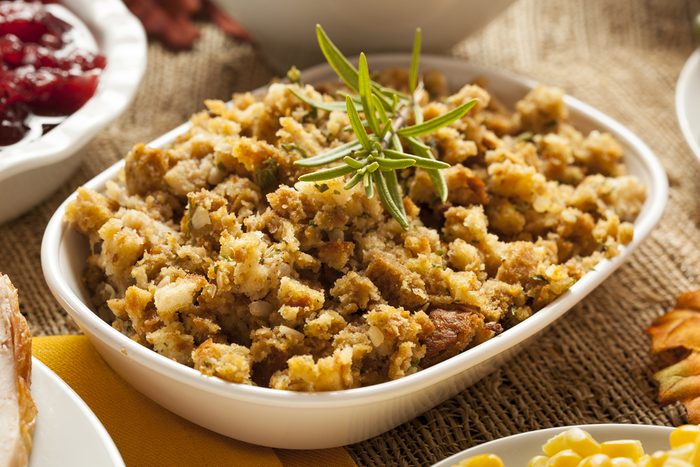
1. Consider something other than bread.
While it is the most common base, lots of other things can be used when making dressing or stuffing (technically, it’s called dressing if baked in a pan, and stuffing if cooked inside poultry or meat). For variety, search out recipes that use brown rice, quinoa or barley.
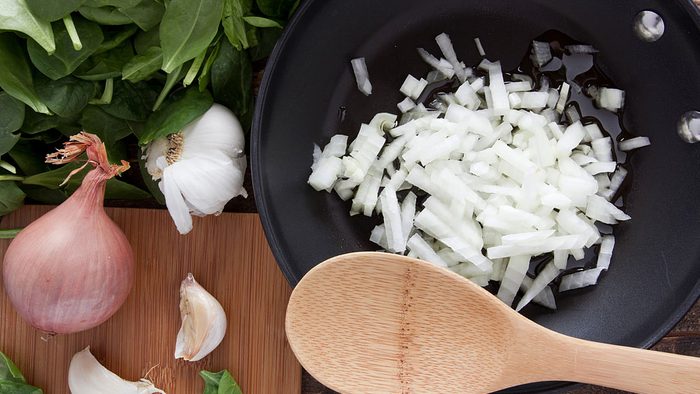
2. Sauté the veggies first.
photo credit: shutterstock
Cook all the vegetables in a pan before adding them to your base ingredient. Though the stuffing will cook further in the oven, it should be mostly cooked prior to going in. Who wants to chew on a hard carrot chunk while eating stuffing?
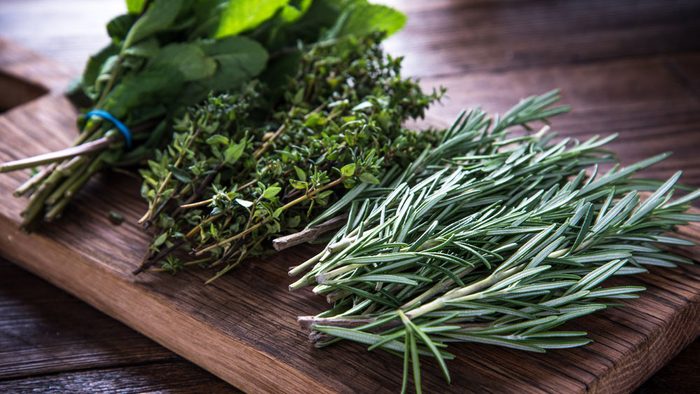
3. Pair herbs specifically for your homemade stuffing
I’m a purist when it comes to herbs and always use fresh over dried. But dried herbs are just fine in stuffing. Be careful to select the right herbs and spices for your stuffing in order to bring out the flavour of the particular meat or fish it’s being served with. For example, sage works well with turkey; dill with fish; rosemary with beef, lamb or pork; and thyme with chicken.
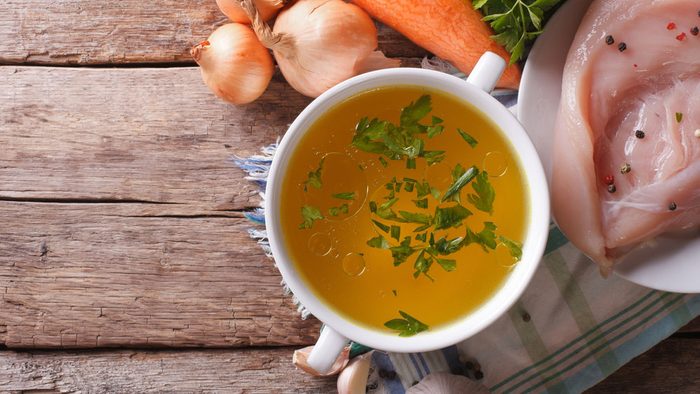
4. Add moisture.
If you’re making dressing rather than stuffing, be sure to add a little liquid to impart flavour and moisture. I use low-sodium chicken stock rather than butter or water; it has flavour but little fat.
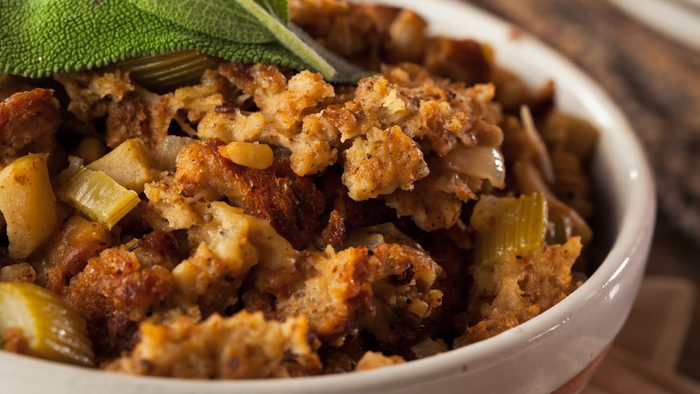
5. Crisp it up.
If you’re a fan of crispy pieces, finish cooking your homemade stuffing or dressing under the broiler. But be sure to stir it occasionally to ensure that it doesn’t burn.
